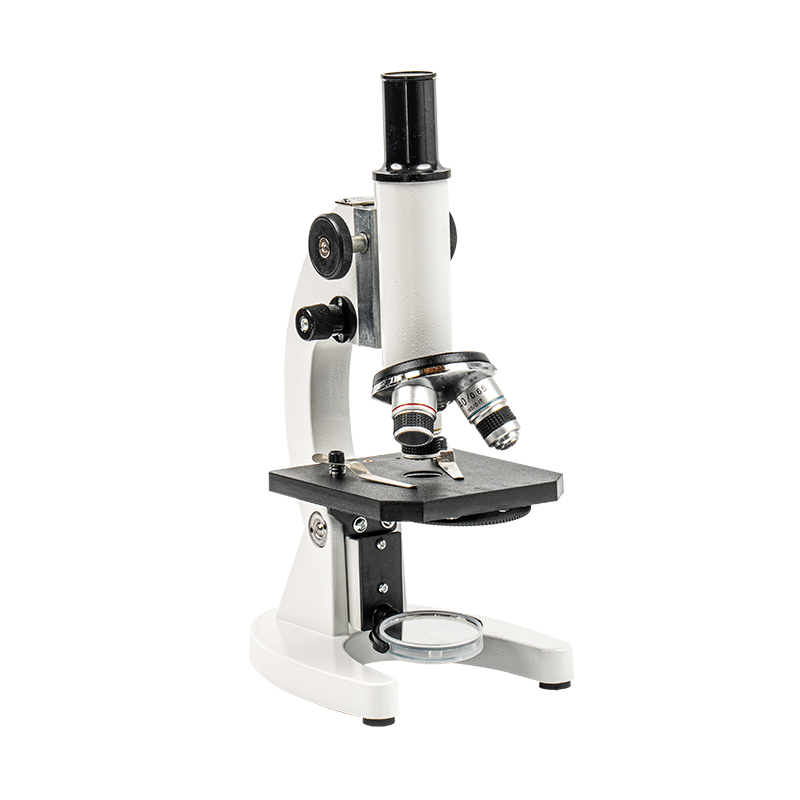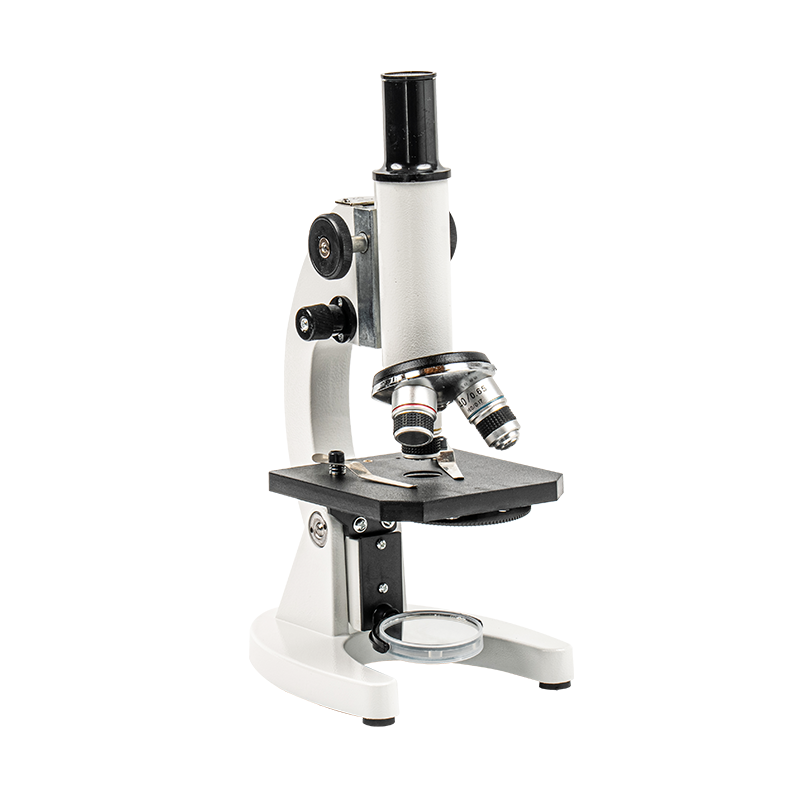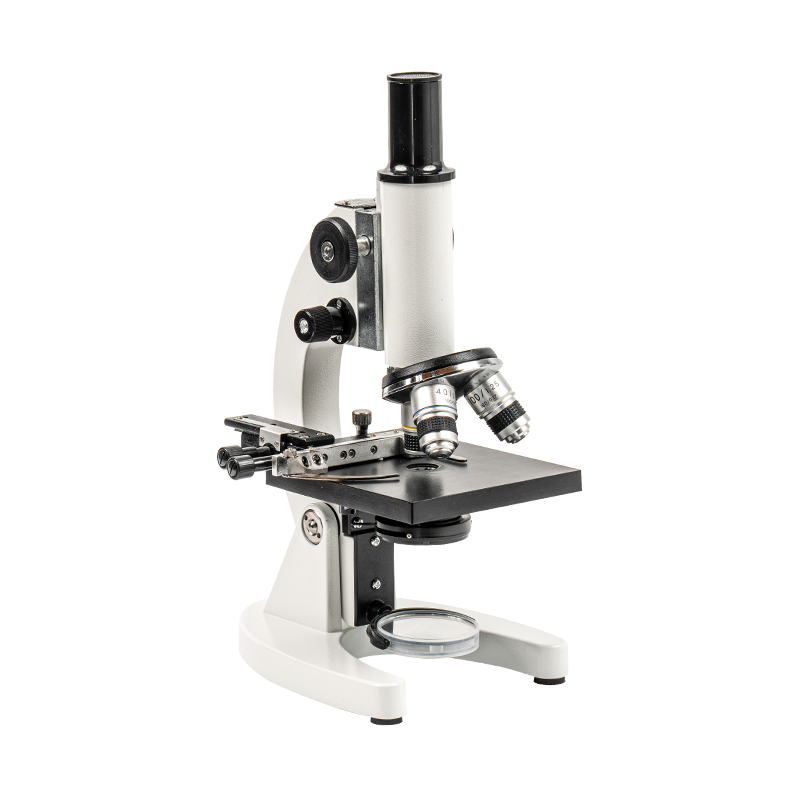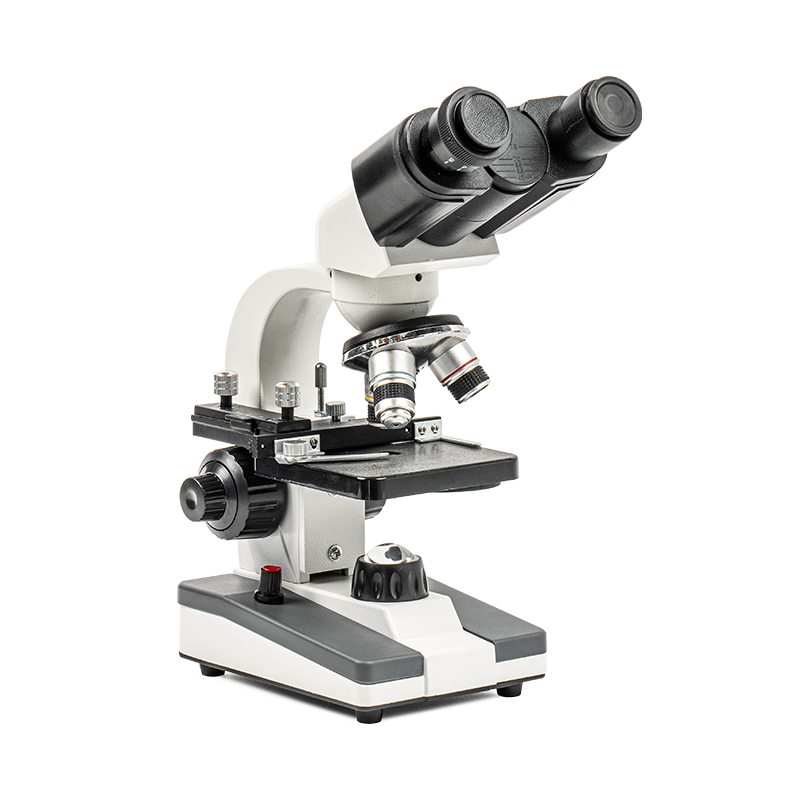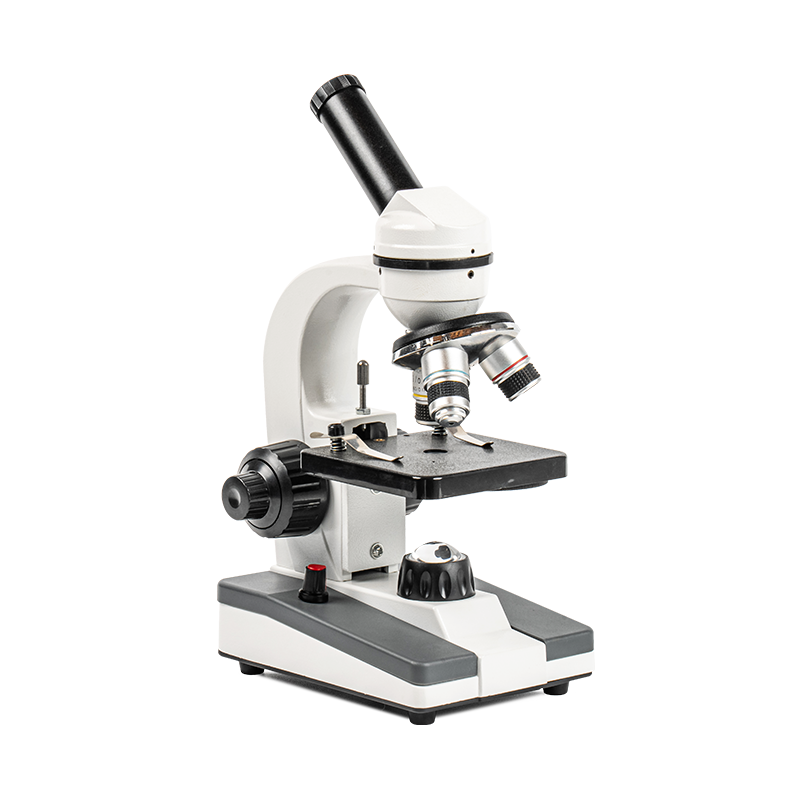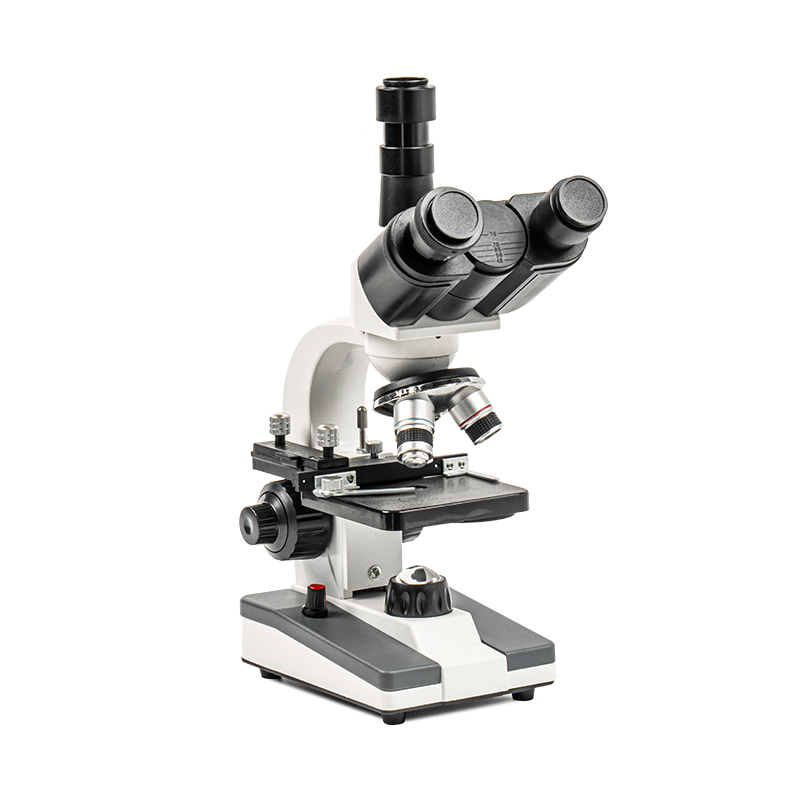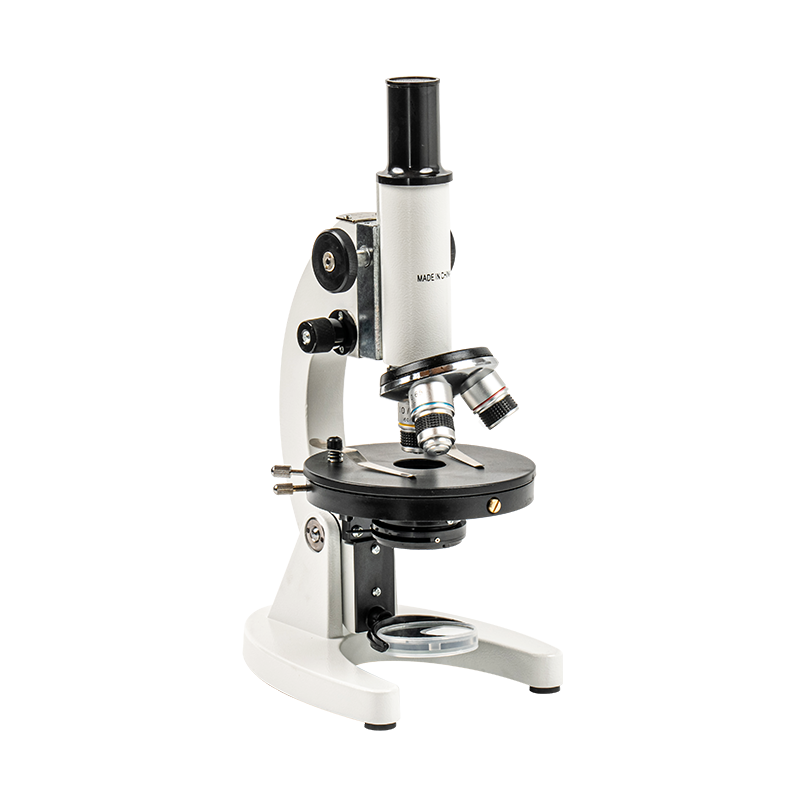In today’s educational landscape, there is a growing emphasis on hands-on learning experiences that engage students and deepen their understanding of complex concepts. One such tool that is revolutionizing the way science is taught is the student microscope. These powerful instruments are not just for professional laboratories but are increasingly making their way into classrooms, allowing students to explore the microscopic world in ways that textbooks and digital media simply cannot replicate. The excitement of observing living cells, microorganisms, and other microscopic structures firsthand is inspiring students to delve deeper into science and sparking a newfound curiosity for discovery.
Content
The Role of Microscopes in Science Education
Before diving into the practical benefits, it's important to understand the broader role that microscopes play in science education. These instruments serve as a bridge between theoretical knowledge and tangible observation, allowing students to connect classroom concepts with real-world phenomena.
Turning Theory into Practice
In most science curriculums, students are introduced to a variety of theoretical concepts—such as cell biology, microbiology, and genetics—which can often feel abstract or disconnected from everyday life. However, when students use microscopes, they are able to see science in action. Rather than merely memorizing facts, students are actively engaged in exploration and discovery, making the learning process more meaningful and memorable.
For example, a lesson on cell structure can come alive when students view actual plant cells, animal cells, or even bacteria through the lens of a microscope. This hands-on approach not only enhances understanding but also fosters a deeper appreciation for the complexity and beauty of life at the microscopic level.
Practical Benefits of Student Microscopes in the Classroom
While the academic advantages of student microscopes are clear, their practical benefits in the classroom are equally significant. These microscopes offer a wide range of features and advantages that make them indispensable in modern science education.
Affordability and Accessibility
One of the major barriers to introducing high-quality microscopes in the classroom used to be the cost. Traditional research-grade microscopes can be expensive and complicated to operate, often making them impractical for use in K-12 education. However, recent innovations in microscope technology have resulted in affordable, user-friendly models that are ideal for students. Many of these student microscopes are designed to be durable, lightweight, and easy to handle, making them well-suited for younger learners.
These microscopes also come in a variety of price ranges, ensuring that schools with different budgets can find a suitable option. Whether it’s a basic compound microscope for elementary school students or a more advanced digital microscope for high school classrooms, the affordability and variety of models now available make it possible for more students to engage in hands-on scientific exploration.
Fostering Scientific Inquiry and Critical Thinking
Microscopes are more than just tools for observing small objects—they are instruments that promote scientific inquiry. When students peer through the lens, they don’t just passively absorb information; they actively question what they see and hypothesize why certain structures exist. This process of asking questions, forming hypotheses, and testing them is at the heart of scientific thinking and fosters critical problem-solving skills.
For instance, when examining a drop of pond water under a microscope, students might see a variety of microorganisms in motion. This discovery could spark questions such as, “What type of organisms are these?” or “How do they survive in this environment?” The opportunity to engage with their own questions and make discoveries firsthand encourages a deeper level of thinking and allows students to practice the scientific method in a real-world context.
Additionally, students often learn to recognize patterns, make connections, and interpret their observations critically. These skills are transferable to other areas of education and even to their future careers, making microscopes an invaluable tool for shaping well-rounded, scientifically literate individuals.
Engaging Students Through Active Learning
One of the core principles of modern education is active learning, which emphasizes the importance of students actively engaging with the material they are learning. Microscopes are an essential tool in this process. Instead of passively receiving information from a teacher, students can actively explore scientific phenomena and make real-time observations.
For example, rather than simply reading about how plant cells are structured, students can prepare a slide from an onion and observe the individual cells under a microscope. This hands-on process helps students develop a deeper understanding of cellular structures and functions because they are seeing the information unfold in front of their eyes.
The active learning fostered by microscopes leads to higher levels of engagement, which in turn can improve both understanding and retention of scientific concepts. Moreover, students are more likely to retain knowledge when they actively participate in their learning, leading to more lasting and meaningful educational outcomes.
Supporting Remote Learning and Digital Integration
As education continues to adapt to the challenges posed by remote learning, microscopes have also evolved to meet the needs of the digital age. Digital microscopes allow students to view samples on their computer screens or tablets, making them ideal for remote or hybrid classrooms. This technology not only provides students with the ability to conduct experiments at home but also makes it easier for teachers to monitor and guide students through the learning process.
For example, students can send images of their observations to their teachers for feedback or participate in virtual classroom discussions where everyone can view the same sample on a shared screen. This digital integration opens up new possibilities for interactive and collaborative learning experiences, even when students are not physically in the same classroom.
Furthermore, digital microscopes make it easy for students to capture and share images or videos of their samples, providing them with a visual record of their observations. This ability to capture and analyze data digitally enhances students' understanding of the scientific concepts they’re studying and facilitates remote collaboration between students and teachers.
Enhancing Collaboration and Peer Learning
Microscopes also serve as tools for promoting collaborative learning. When students work together in small groups to prepare slides, observe samples, and discuss their findings, they develop important teamwork and communication skills. Collaborative learning allows students to share ideas, challenge each other’s hypotheses, and learn from one another in ways that foster both social interaction and scientific exploration.
For instance, when a group of students looks at a prepared slide together, they can debate what they’re observing, pose questions, and come up with potential explanations. This type of group-based activity encourages peer learning, where students take an active role in teaching each other, further solidifying their understanding of the material.
In addition, teacher-student collaboration is enhanced by microscopes, as teachers can walk around the classroom, providing direct feedback to students about their observations. This interactive learning environment promotes a deeper engagement with the content and helps students feel more supported in their learning journey.
Preparing Students for Future STEM Careers
Microscopes are not just tools for the present—they are also preparing students for the future. Early exposure to microscopic techniques provides students with foundational skills that are crucial for STEM (Science, Technology, Engineering, and Mathematics) careers. Fields like biotechnology, medicine, forensic science, and environmental science often rely on the ability to work with microscopes and other specialized scientific equipment.
By introducing microscopes early in education, students are given a head start in developing the practical skills they’ll need in these fields. Furthermore, the exposure to microscopes can spark interest in these fields, potentially guiding students toward a future in scientific research or healthcare.

 English
English Español
Español عربى
عربى 中文简体
中文简体